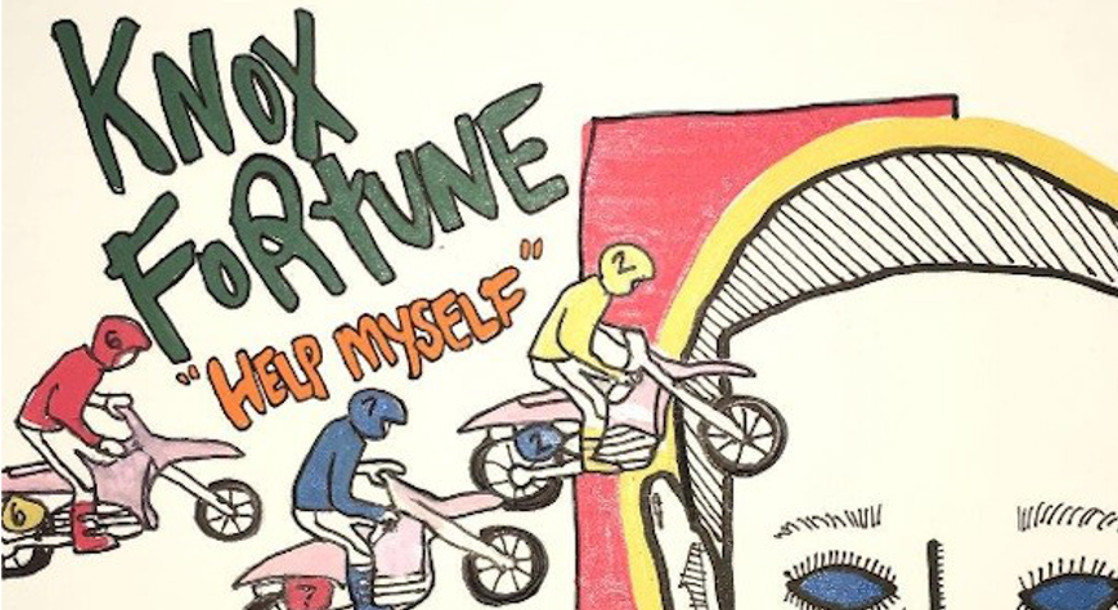Three major cities in Canada tested their wastewater systems for drugs, and the data suggest Montreal and Halifax smoke the most weed, while folks in Vancouver and Edmonton tweak on meth more than folks residing elsewhere in the Great White North.
The wastewater study, published by Statistics Canada, the national statistics agency, tested water samples from five cities: Montreal, Halifax, Toronto, Vancouver, and Edmonton. Samples were dated from March 2018 to February 2019, and the study screened them for nearly a dozen drugs and their metabolites, including cannabis, methamphetamine, codeine, morphine, heroin, fentanyl, oxycodone, and MDMA (aka ecstasy or molly). Altogether, the samples compiled wastewater data accessed by 8.4 million people.
Montreal and Halifax showed the highest levels of THC-COOH, a THC metabolite made in the liver. These two towns showed 2.5 to 3.8 times more THC-COOH in wastewater samples compared to the other three cities, the Montreal Gazette reported.
In contrast to the Great White North’s chiller locales, samples from Vancouver and Edmonton contained 3.7 times more methamphetamine than wastewater produced by the smoked-out residents of Montreal and Halifax. In fact, Halifax’s samples — where the most weed was consumed — had the lowest levels of methamphetamine, as well: over 6 times lower than the second-least methed-out city on the list, Toronto.
Do the meth vs marijuana results suggest that cannabis use dissuades others from doing meth, too? The researchers didn’t say, though previous studies indicate cannabis legalization could reduce opioid use, so seeing the same trend with meth isn’t a stretch.
Gallery — Legalization Day in Canada:
Speaking of opioids, how did the five cities hold up in that category? That’s where things get a little… inconsistent.
For instance, in Halifax — where they apparently love weed and eschew meth — samples contained higher-than-average loads of both codeine and morphine, much higher than samples tested in Montreal or Toronto, but significantly less than samples from Vancouver or Edmonton. Codeine and morphine are common opiates found in prescription painkillers, but morphine is also found in heroin. Vancouver and Edmonton, as with methamphetamines, showed the highest levels of opioids, too.
Cocaine loads in wastewater samples showed no significant differences among the five cities. And regardless of which kind of drug was tested, drug use was highest in May, June, and December. Although another study published earlier this year determined that the summer months were the most popular times to experiment with drugs, the Canadian researchers did not explain the drug-use spike in December. We’ll hazard a guess that hitting a spliff in your uncle’s backyard is the best way to champ through the holidays with the family.
Tallied together, Statistics Canada estimated how much of each drug type the five cities consumed: 92.5 tons of weed, 0.40 tons of cocaine, and 0.34 tons of meth. Even if an estimate, that’s a lot of drugs, man.
Follow Randy Robinson on Twitter











